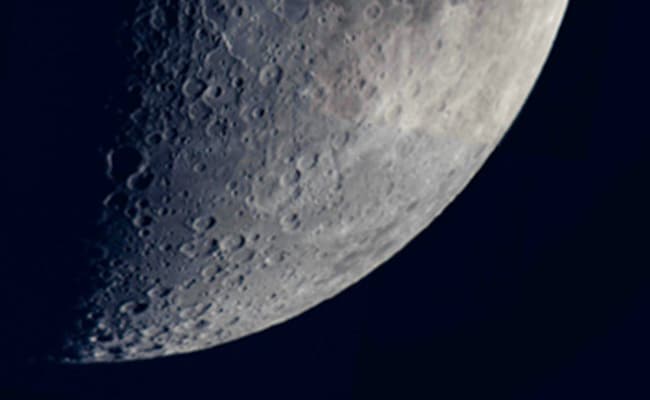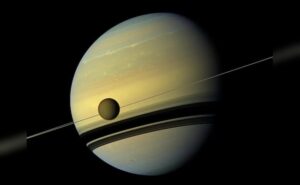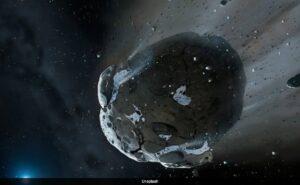New Delhi:
The Earth will embrace a new and temporary ‘mini moon’ tonight, with a connection to India’s epic Mahabharat. Called “2024 PT5” it is just about ten meters in diameter and it will remain in the Earth’s orbit for about 53 days before heading back into the vastness of the solar system.
Its size, though, makes it way too small to register — the diameter of the Moon is 3,476 kilometres. The “2024 PT5” is 350,000 times smaller and will not be visible to the naked eye. But special telescopes could well detect it well after 1.30 am.
Any naturally orbiting body around a planet is called a moon.
Planet Saturn has 146 known moons and Jupiter has 95. Mars has two moons and the Earth has just one Moon. Venus has no known moons.
Experts at ISRO monitoring “2024 PT5” said it “would not collide with Earth”.
Carlos de la Fuente Marcos and Raúl de la Fuente Marcos — the two scientists who reported it — said “Near-Earth Objects (NEOs) that follow horseshoe paths, and approach our planet at close range and low relative velocity, may undergo mini-moon events in which their geocentric energy becomes negative for hours, days or months, but without completing one revolution around Earth”.
“The object is too small and dim for typical amateur telescopes and binoculars. However, the object is well within the brightness range of typical telescopes used by professional astronomers,” Mr Marcos said to US-based website space.com.
“A telescope with a diameter of at least 30 inches, plus a CCD or CMOS detector is needed to observe this object,” he added.
The “2024 PT 5” was discovered on August 7, 2024 by the Asteroid Terrestrial-impact Last Alert System (ATLAS), an automated system funded by NASA and run from Hawaii. It is used to monitor near-earth asteroids.
The Indian space agency ISRO’s sharp lookout — the Network for Space Objects Tracking and Analysis (NETRA) — is keeping an eye on the asteroid, which will disappear by November 25, 2024.
Mr Marcos said this is not the first time mini moons appear around the Earth. It happened in 1997, 2013 and 2018.
“Such orbital elements are consistent with those of the Arjunas, a sparsely resonant population of small NEOs,” he added.
The “Arjuna” scientists refer to is a unique group asteroids. The other group of asteroids in the solar system are Apollo, Atira, Amor, and Aten.
The “2024 PT5” is supposed to have its origins in the Arjuna group and is expected to have a periodicity of a year.
A prolific discoverer of asteroids and comets, Astronomer Robert H McNaught, on November 1, 1991, discovered an asteroid – later named “1991 VG” at the Siding Spring Observatory in Australia.
The name “Arjuna” was chosen by the discoverer, Mr McNaught, inspired by the Arjuna, a hero of the epic Mahabharata.
In mythology, Arjuna is known for his bravery, archery skills, wisdom and spiritual growth.
The name reflects the asteroid’s, swift passage through the solar system (like Arjuna’s swift arrows); unpredictable nature (like Arjuna’s complex character).
The International Astronomical Union (IAU) officially approved the name for the asteroid.
Dr Anil Kumar, head of ISRO’s Network for Space Objects Tracking and Analysis (NETRA), confirmed the “2024 PT5” is part of the Arjuna Asteroid grouping.



